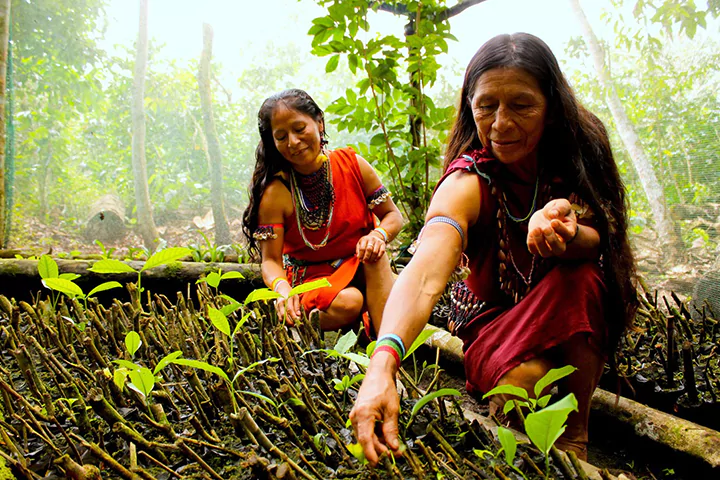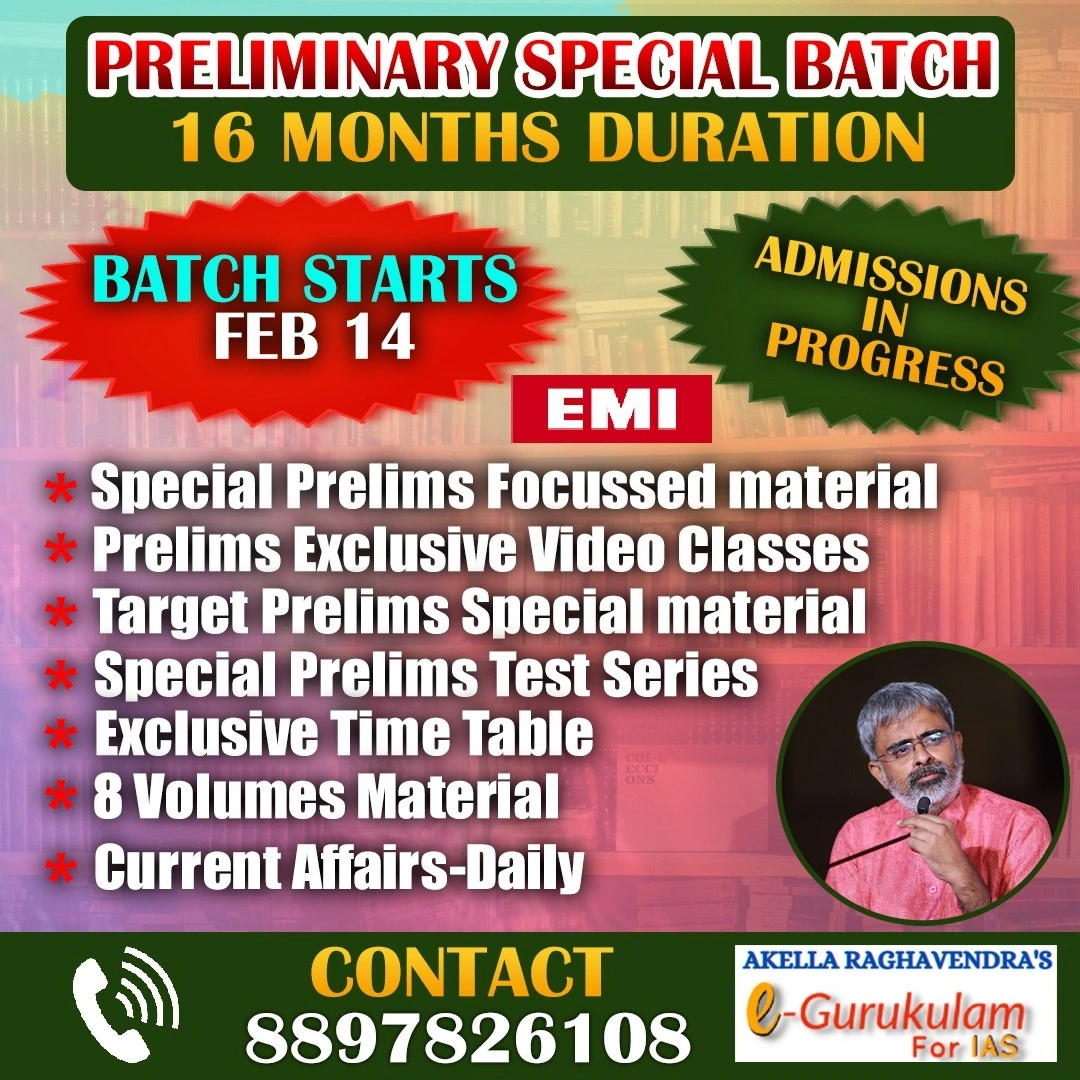Nagoya Protocol & Genetic Resource Protection: A 2025 Update on Access and Benefit-Sharing (ABS)
The Importance of the Nagoya Protocol
The Nagoya Protocol on Access and Benefit-Sharing (ABS) is a legally binding international treaty under the Convention on Biological Diversity (CBD) that governs the use of genetic resources and associated traditional knowledge.
Why is it Important?
- Ensures fair and equitable sharing of benefits from genetic resources.
- Strengthens Indigenous rights and prevents biopiracy.
- Protects biodiversity and promotes sustainable development.
- Regulates the commercial use of genetic materials in industries like pharmaceuticals, biotechnology, and agriculture.
Since its adoption in 2010 (Nagoya, Japan) and enforcement in 2014, 138 countries have ratified the Protocol. However, challenges remain, particularly in Digital Sequence Information (DSI), synthetic biology, and artificial intelligence-driven genetic research.
What is the Nagoya Protocol?
- Adopted: October 2010 (Nagoya, Japan)
- Came into Force: October 2014
- Part of: Convention on Biological Diversity (CBD)
- Objective: Ensure fair and equitable sharing of benefits from the utilization of genetic resources
Core Principles:
- Access to Genetic Resources:
- Countries have sovereign rights over their biological resources.
- Companies or researchers must obtain Prior Informed Consent (PIC) from the resource-providing country before access.
- Benefit-Sharing (ABS Mechanism):
- Any use of genetic resources must result in fair compensation to the country or community that provides them.
- Benefits can be monetary (royalties, research funding) or non-monetary (technology transfer, joint research, training programs).
- Protection of Traditional Knowledge (TK):
- Indigenous and local communities own their traditional knowledge, and their consent is required before use.
- Companies or researchers must engage in fair ABS agreements if they wish to use TK.
Example: The Neem Patent Case (India)
- Western companies patented neem-based pesticides without compensating local communities.
- India successfully challenged and revoked the patent, arguing that the knowledge had existed in traditional Indian medicine for centuries.
How Does the Access and Benefit-Sharing (ABS) Mechanism Work?
Steps in ABS Implementation:
- Prior Informed Consent (PIC):
- The company or researcher requests access to genetic resources.
- The providing country or community reviews and grants access (or denies it).
- Mutually Agreed Terms (MAT):
- A legal contract is established to define benefit-sharing mechanisms.
- Benefit-Sharing Agreement (BSA):
- Determines how profits, royalties, or non-monetary benefits will be shared.
Types of Benefit-Sharing:
| Type | Examples |
|---|---|
| Monetary Benefits | Royalties, research grants, equity shares, licensing fees |
| Non-Monetary Benefits | Technology transfer, scientific collaboration, local capacity building |
| Social Benefits | Infrastructure development (schools, healthcare, water supply) for local communities |
Example: The Hoodia Cactus Case (Southern Africa)
- The San people of Namibia & South Africa traditionally used Hoodia to suppress hunger.
- Pharmaceutical companies patented Hoodia’s active compound for weight-loss drugs.
- Under the Nagoya Protocol, companies had to share benefits with the San community.
Recent Developments in 2024–2025
As the world moves towards digitalization of genetic resources, artificial intelligence (AI)-driven biotechnology, and synthetic biology, new challenges and policy responses are emerging in the regulation of Access and Benefit-Sharing (ABS) under the Nagoya Protocol. The years 2024 and 2025 have seen some of the most significant updates to the governance of genetic resources, traditional knowledge, and digital sequence information (DSI).
COP-16 (2024) Agreement on Digital Sequence Information (DSI)
What is Digital Sequence Information (DSI)?
Digital Sequence Information (DSI) refers to genetic information stored in digital form, rather than a physical sample of genetic material. DSI is critical in modern biotechnology and is widely used in:
- Genomics and Synthetic Biology – AI-powered research uses DSI to engineer synthetic organisms and enhance crop genetics.
- AI-Driven Drug Discovery – Pharma companies use DSI to develop new vaccines, gene therapies, and cancer drugs.
- Agricultural Biotechnology – Genetic modification of crops relies on genetic sequence databases for improving resistance to diseases and pests.
The Problem Before 2024:
- Until COP-16 (Colombia, 2024), there was no legal framework for ABS in digital genetic sequences.
- Most biotech and pharmaceutical firms were using DSI freely, without compensating biodiversity-rich countries.
- Unlike physical genetic resources, digital data was not covered under ABS rules—making it difficult for developing countries to claim benefits from their genetic heritage.













